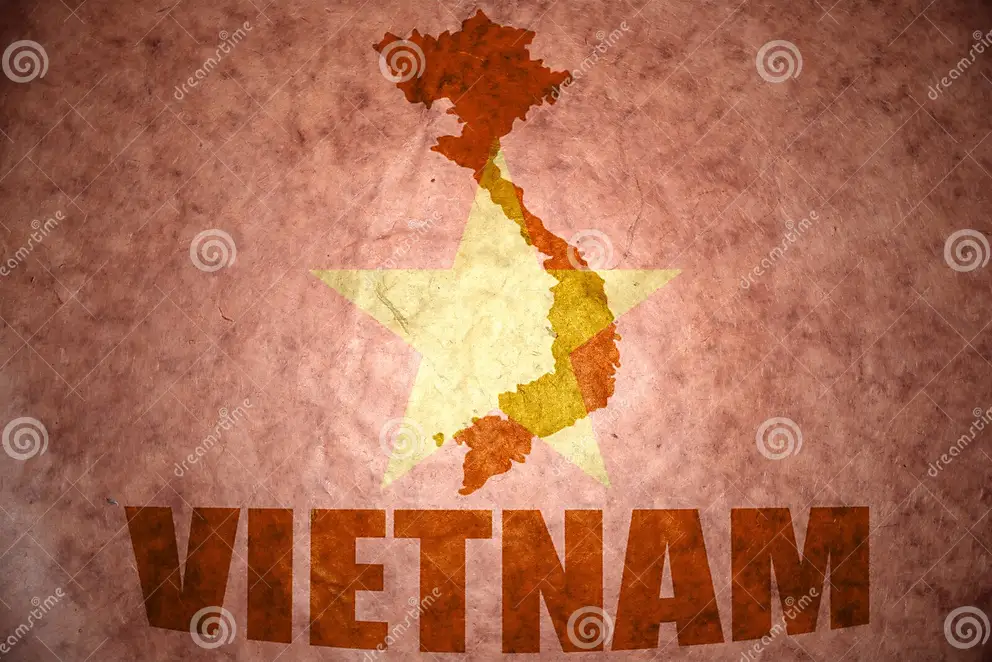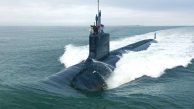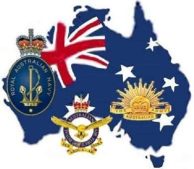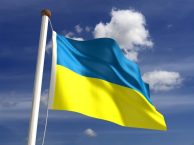
Vietnam War: Tensions, Divisiveness, Discord, “Disunion” and Friction among the VC – and with the NVA in the South
Good morning Ray,
I’ve attached a short item for your consideration – titled: “Vietnam War: Tensions, Divisiveness, Discord, ‘Disunion’ and Friction among the VC – and with the NVA in the South”.
It’s an “extract” from a longer 28-page paper for “Canberra +” that I also included as an Annex in my 2022 book on “The Viet Cong 275th VC Regiment (To the Battle of Long Tan and After …)” – 220,500-words.
At the conclusion of the short attached item, I’ve offered interested readers complimentary copies of the 28-page paper on “Tensions” that includes some photographs and illustrations.
Best wishes, Ernie Chamberlain
Vietnam War: Tensions, Divisiveness, Discord, “Disunion” and Friction
among the VC – and with the NVA in the South
At the weekly intelligence conference in Saigon on 20 September 1969, General C.W.
Abrams (COMUSMACV) remarked: ‘Christ, you can’t get them ((the NVA and VC))
together at a free beer party, really.’
A US/South Vietnamese propaganda leaflet – depicting communist fratricide and Chinese
Control of NVA/VC
“The Northerners – who have had considerable infusion of Chinese blood, are noted for their
aggressiveness, energy and sense of superiority toward the Southerners whom they regard as
indolent and inefficient. In the South, the climate is more tropical, there is more rich soil and
less population congestion.”
“The VC enjoy eating some vegetables raw while the NVA troops wanted them boiled.”
“… dietary differences eg; Southerners did not eat dog meat – a Northern taste”.
“In Phuoc Tuy especially – regroupees ((ie: southerners who had trained in the North)) and
northerners had assumed most of the principal command positions ((in communist forces)).”
“… female SVN cadres and the Vietnamese residents in Cambodia usually like to make
friends with NVN-born cadres and soldiers. Due to this reason, SVN-born cadres and soldiers
search for means to calumniate ((ie to make false or defamatory statements)) against their
opponents.”
An Overview
During the Vietnam War, the US and the Republic of Vietnam (i.e. South Vietnam) actively highlighted the presence of North Vietnamese Army (NVA) troops fighting in the South. However, despite being aware of tensions and divisions between the Viet Cong and the NVA in late 1965 – evidenced in intelligence reporting including captured communist reports and directives, the US and Saigon were “initially more cautious and circumspect in exploiting any divisiveness among the communists in South Vietnam.” However, six months later, US “guidance” was more aggressive – in its assessments of “Contradictions and Cleavages – Northerner Versus Southerner.” However, throughout most of the War, the US and Saigon were wary and reticent to actively exploit divisions between the VC and NVA in the South – noting: “A national campaign seeking to play on sectional prejudices are not in our long-range interests and would run counter to the present National Reconciliation Program of the Government of Vietnam.” However – from 1969, the US and Saigon Government did, at times, seek to exploit differences and tensions between Northern and Southern communists.
A complimentary 28-page illustrated Research Note on this topic, is available from Ernie Chamberlain – chamber@pipeline.com.au . Issues addressed include: Southern-born ‘Regroupees’ in the North returning to the South – and Tensions; The ‘Chinese Card’; Tensions Between Northerners and Southerners; Exploiting Tensions and Differences; NVA/VC Cooperation in Ph??c Tuy – June 1969: Attacks on Bình Ba and Hòa Long; Post-War Tensions; and Measures to Prevent Disunion.
Ernie Chamberlain – September 2024
1 The complete 28-page/12,800-word Research Note 7/7A was passed in mid-2021 to the Australian War
Memorial – Canberra, Australian Army History Unit – Canberra, NZ Defence – Wellington, AAMIM –
Canungra, NVVM – Phillip Island, ADFA/UNSW Military Operations Analysis Team – Canberra, and US
MACCORDS Team 89 (Vietnam veterans). The Note is also incorporated as Annex N in the book -Chamberlain
E.P., The Viet Cong 275th Regiment (To the Battle of Long Tan, and After …), 2022.





OOps, complimentary copies of the 28-page illustrated Research Note on “Vietnam War: Tensions, Divisiveness … between the Viet Cong and North Vietnamese” are available on request to Ernie Chamberlain at ernestchris@tpg.com.au .